Search Results

Happy Birthday, Galileo Galilei
Galileo Galilei was a renowned astronomer who changed the way we think about mathematics, physics, and astronomy.
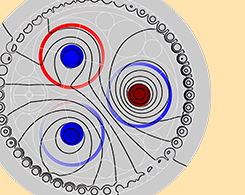
How to Model the Electromagnetic Heating of Underground Cables
Underground power cables are beneficial in many ways, but they are also subject to overheating. To design better cables, we can model their electromagnetic heating in COMSOL Multiphysics.
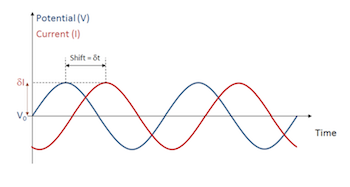
Electrochemical Impedance Spectroscopy: Experiment, Model, and App
Experience the phenomenon of electrochemical impedance spectroscopy (EIS) in 3 ways: experiment, model, and simulation application.
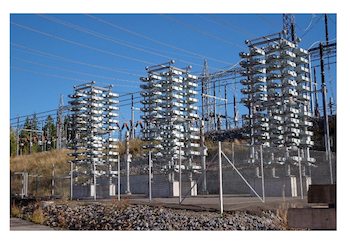
Efficiently Verify Electric Fields Outside Electrical Installations with Apps
Electrical installations are required to have their surrounding electric fields fall within certain levels. A simulation application can be used to verify measurements and adhere to standards.
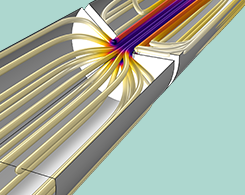
Fat-Washing Cocktails on an Industrial Scale
Bacon-flavored vodka? Pecan-infused bourbon? The fat-washing process extracts the flavors from fat and dissolves it into alcohol, and it can even be scaled up to an industrial level.

How to Couple a Full-Wave Simulation to a Ray-Tracing Simulation
Learn how to couple full-wave and ray-tracing simulations in a model with a nonhomogenous domain around the antenna. Part 4 of a series on multiscale modeling in high-frequency electromagnetics.

Using the COMSOL Website Resources for Modeling and Software Help
The COMSOL website includes many helpful features and resources, including the COMSOL Blog (you’re on it right now), the Video Gallery, the Application Gallery, and more.
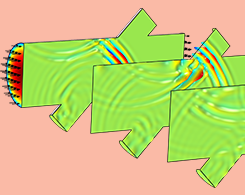
Using the Discontinuous Galerkin Method to Model Linear Ultrasound
You can easily model acoustically large problems, like linear ultrasound, with a predefined physics interface that uses a memory-efficient approach called the discontinuous Galerkin method.
